Contents
- 1 Cooling Confluence: Cooling Technology’s Influence on Architectural Design
- 1.1 Advancements in Air Conditioning Technology
- 1.2 The Impact of Air Conditioning on Architectural Layouts
- 1.3 Influence of Air Conditioning on Building Materials and Methods
- 1.4 Selection of Building Materials & Design Fundamentals
- 1.5 Incorporating Cooling Systems into Architectural Design
- 1.6 Sustainability and Energy Efficiency in Design
- 2 Future Trends & Innovations in Architecture and Cooling
- 3 Conclusion
- 4 Contact Tevis Energy for Comprehensive HVAC Services
Air conditioning technology has dramatically transformed architectural design and construction. The advancement allows buildings to adjust to various climates while improving comfort for those inside. This article from Tevis Energy delves into the effects of cooling technology on architecture.
We explore its influence on building designs, materials, and spatial configurations and understand the connection between advancements in air conditioning and architectural innovation. We also try to understand better the valuable perspectives on the evolution of contemporary, sustainable, and comfortable built environments.
Cooling Confluence: Cooling Technology’s Influence on Architectural Design
Cooling technology’s integration with architectural design has profoundly transformed our built environments.
Advancements in Air Conditioning Technology
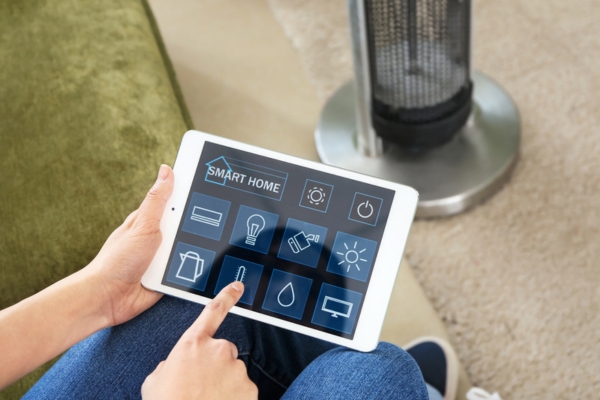
From ancient techniques to today’s sophisticated HVAC systems, the development of air conditioning represents a significant trajectory of innovation and adaptability. Initial innovations like mechanical cooling pioneered a revolution in architectural possibilities, allowing buildings to transcend climate constraints and enhance comfort for occupants.
Significant advancements, such as the introduction of energy-efficient and eco-friendly refrigerants, have also impacted architectural design. They promote a sustainable and inventive approach to building practices. These advancements underscore the essential role of air conditioning in driving architectural innovation. They also influence our methods of designing, constructing, and experiencing spaces.
Maintain your indoor comfort effortlessly with Tevis Energy’s reliable air conditioning services. Contact us for customized support today.
The Impact of Air Conditioning on Architectural Layouts
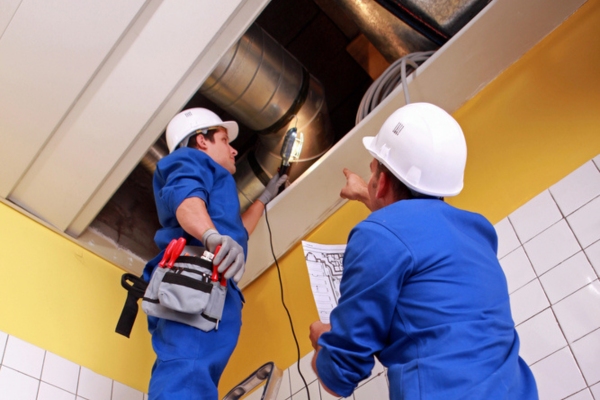
The introduction of air conditioning technology has significantly reshaped architectural design and building configurations, shifting towards enclosed, climate-regulated environments emphasizing comfort and practicality. This technological adoption has driven changes in building aesthetics, orientation, window design, and space organization. Air conditioning systems help enhance design versatility and energy efficiency.
Architects increasingly integrate building orientation and window placement considerations to harness natural light and limit heat gain, considering the space needs of air conditioning systems. This development emphasizes the deep-seated effects of cooling technology on shaping contemporary, sustainable architectural spaces.
Influence of Air Conditioning on Building Materials and Methods
The advancement of air conditioning technology has transformed architectural design and markedly affected the choice of building materials and construction techniques. The demand for efficient cooling has shifted towards materials that improve insulation and minimize thermal bridging. Advanced insulating materials like high-performance foam and aerogel insulation have gained popularity.
These materials are critical in maintaining optimal indoor temperatures while reducing energy use. Furthermore, adopting green building standards and certifications promotes the use of environmentally friendly materials and construction techniques. This approach encompasses sustainable materials, construction methods that minimize waste, and incorporating renewable energy sources.
Selection of Building Materials & Design Fundamentals
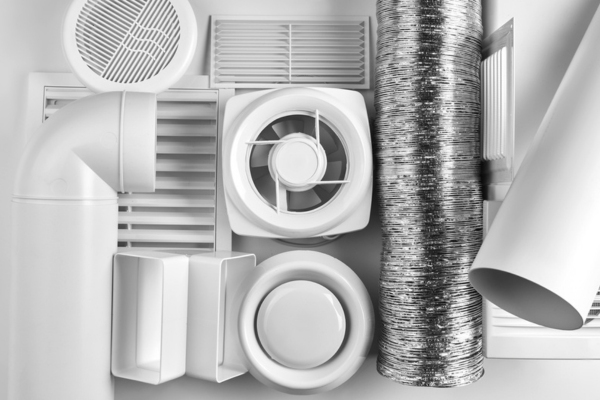
The careful selection of building materials and design principles is critical to boosting building performance and occupant comfort:
- Thermal Mass Application: More buildings are incorporating materials with significant thermal mass, such as stone and concrete, to stabilize indoor temperatures. These materials absorb heat during the daytime and release it at night, naturally cooling the building and lessening reliance on air conditioning systems.
- Significance of Insulation: Insulation has become foundational in building energy-efficient structures. Proper insulation not only lowers cooling demands but also markedly improves indoor comfort by keeping temperature levels stable and diminishing noise.
- Energy-Efficient Architectural Design: Buildings’ design and orientation are now meticulously tailored to enhance natural ventilation and daylight use, reducing reliance on artificial cooling and lighting. These design strategies incorporate the strategic positioning of windows, using reflective materials to decrease heat absorption, and integrating shading devices to manage solar gain.
Trust Tevis Energy to manage your cooling needs. Contact us for prompt and professional service.
Incorporating Cooling Systems into Architectural Design
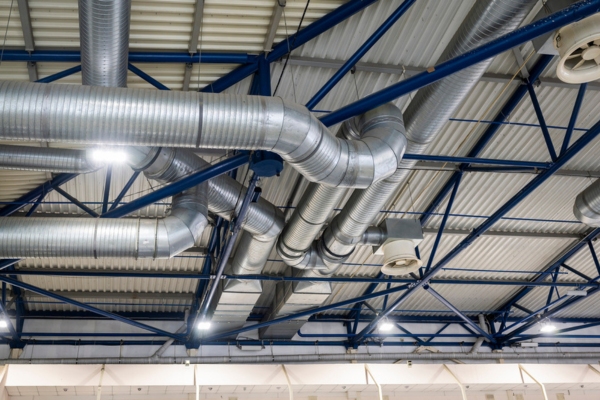
The smooth integration of cooling systems within an architectural design is vital in contemporary construction. It guarantees functionality while maintaining aesthetic integrity and space utility.
- HVAC Design Considerations: HVAC ductwork, vents, and grilles have transcended their fundamental functional roles to become essential architectural design elements. This integration demands meticulous planning to ensure these components harmonize with the overall design theme and merge flawlessly with the interior and exterior aesthetics.
- Strategic Placement of Air Conditioning Systems: The thoughtful design and strategic placement of HVAC systems are essential for efficient air distribution and accurate temperature management. This requires considering the building’s orientation, room layouts, and how spaces are used to identify optimal locations for vents and ductwork. Proper placement not only boosts the efficiency of air conditioning systems but also elevates comfort by ensuring consistent temperature levels and air quality across the building.
The careful integration of cooling systems into architectural design represents a comprehensive approach to building development, where functionality, efficiency, and aesthetic design are seamlessly integrated.
Sustainability and Energy Efficiency in Design

The emphasis on sustainability and energy efficiency in architectural design and cooling technologies underscores a significant shift toward eco-friendly building practices. Contemporary innovations in air conditioning, including energy-efficient systems and intelligent controls, play a pivotal role in this trend. They strive to improve comfort while lowering energy consumption and emissions.
Incorporating renewable energy sources into cooling systems further underscores the dedication to reducing environmental impact, marking a vital step toward sustainable development. Air conditioning is critical in mitigating the urban heat island effect and reducing carbon footprints via green building techniques. Strategies such as green roofs, natural ventilation enhancement, and bolstering insulation significantly decrease dependence on mechanical cooling.
These practices contribute to energy savings and environmental preservation, aligning with broader sustainability goals. This move towards integrating sustainability into cooling technology and architectural design enhances energy performance and establishes a new benchmark for developing environmentally responsible and comfortable living environments.
Stay cool and comfortable effortlessly. Contact Tevis Energy for prompt and efficient air conditioning repairs and installations.
Future Trends & Innovations in Architecture and Cooling
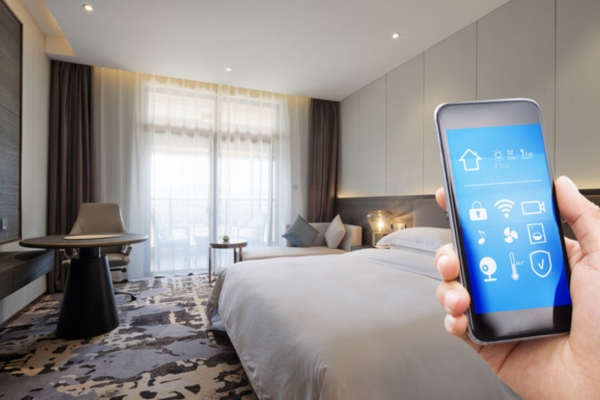
Upcoming trends in cooling technology, such as passive cooling systems and intelligent HVAC controls, are poised to influence architectural design and urban planning significantly. Passive cooling leverages natural processes to decrease temperatures, promoting designs that integrate more seamlessly with the environment and minimize dependence on energy-heavy systems. Smart controls offer the potential for increased efficiency and comfort by enabling real-time adjustments based on environmental conditions.
The partnership among architects, engineers, and HVAC experts is essential for incorporating these innovations, ensuring that buildings are aesthetically appealing and functionally progressive. Additionally, green building certifications drive the industry towards greater energy efficiency and sustainability, pointing towards a future where architectural design and cooling technology advance together to reduce environmental footprints and optimize urban spaces for coming generations.
Conclusion
Cooling technology has profoundly impacted architectural design and construction practices, driving innovations that enhance comfort and sustainability. The intimate connection between air conditioning and architecture underscores the value of incorporating energy-efficient cooling solutions into modern designs. As the industry progresses, Tevis Energy provides expert HVAC solutions designed to meet the complex demands of contemporary architecture, ensuring that projects attain both environmental sustainability and supreme comfort.
Contact Tevis Energy for Comprehensive HVAC Services
Tevis Energy provides premier heating and cooling solutions throughout central Maryland and southern Pennsylvania. Our team of professionally certified and highly trained technicians is committed to excellence in HVAC maintenance, repair, installation, and replacement. Our team has the expertise and experience to efficiently and effectively service your HVAC system.
We proudly offer the region’s most competitively priced heating and cooling services. Choosing our maintenance services can enhance your comfort, increase your system’s energy efficiency, and significantly reduce your heating and cooling costs. If an HVAC repair or system replacement becomes necessary, Tevis Energy is dedicated to recommending options that best suit your home and financial plans. We back the quality of our work with a strong satisfaction guarantee. To schedule a service visit, contact Tevis Energy at your convenience. We offer free, no-obligation in-home evaluations.
You can click here to contact us now or call us at (410) 876-6800 to find out more! Click the link to view our service area.

Related Articles:
Posted in Blog
Tags: